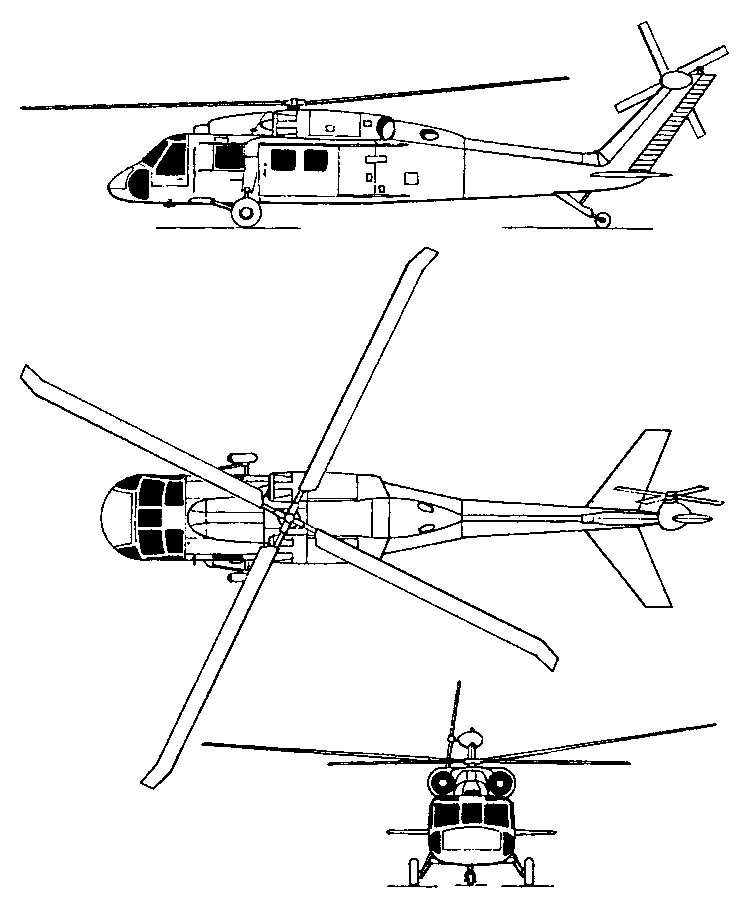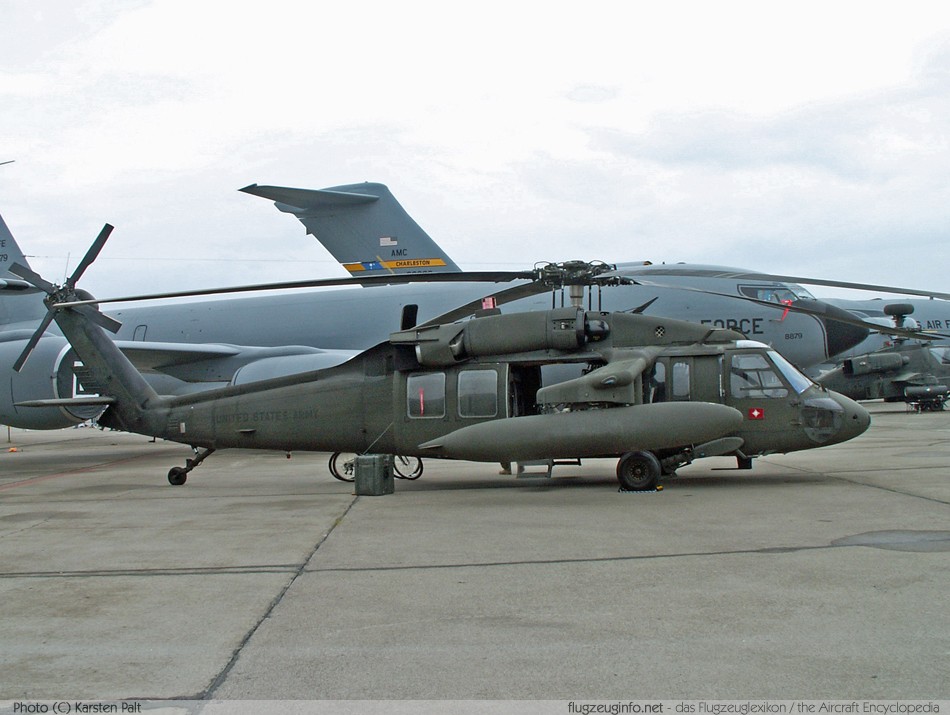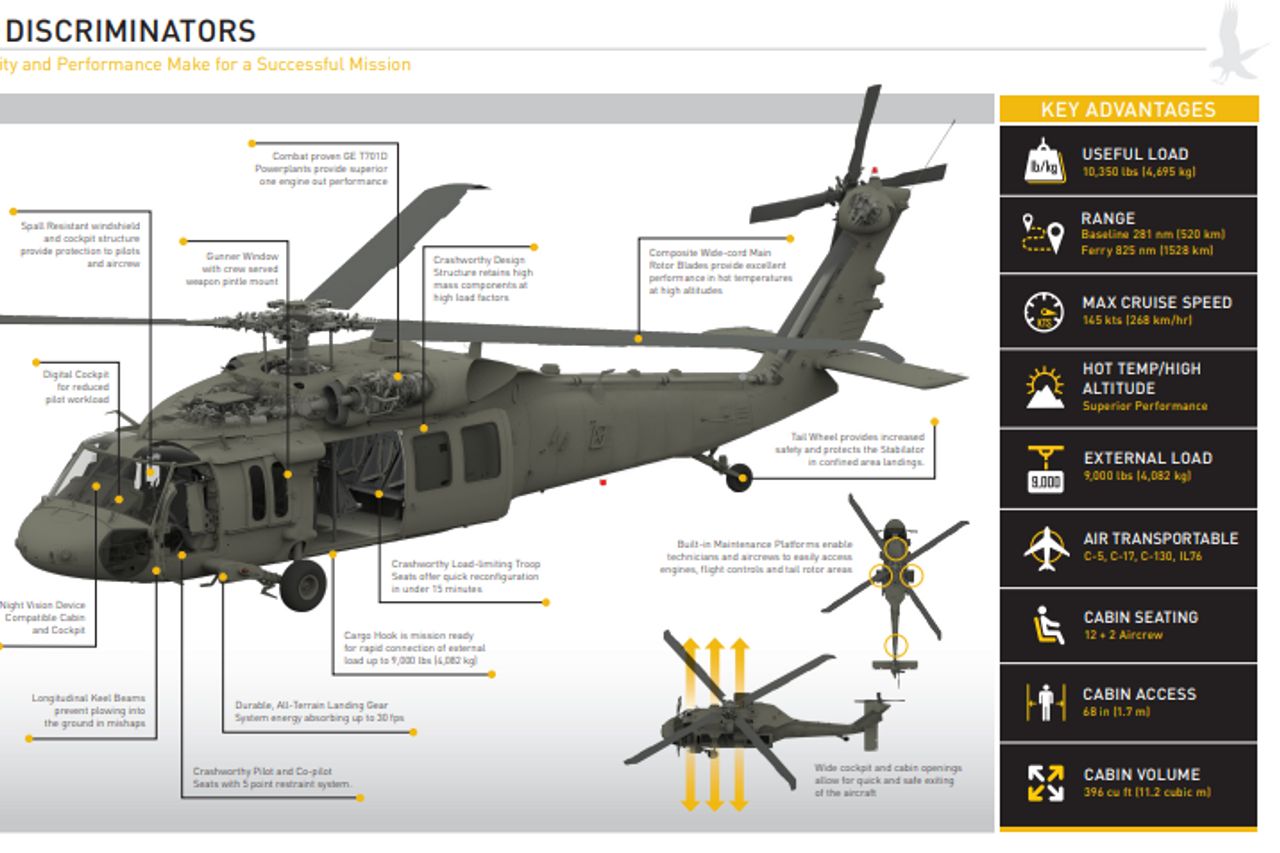High-Performance Multi-Role Rotorcraft Featuring Advanced Cockpit Technologies and Integrated Sensor Systems
The realm of rotorcraft technology has seen noteworthy advancements in recent times, specifically in the realm of high-performance multi-role rotorcraft outfitted with cutting-edge cabin modern technologies and seamlessly incorporated sensing unit systems. These technologies have not only enhanced the operational abilities of rotorcraft however have also considerably influenced modern-day air travel operations on numerous fronts. From boosted goal convenience to enhanced operational efficiency, the convergence of innovative cockpit technologies and incorporated sensor systems has actually introduced a brand-new era of possibilities for rotorcraft applications. In the following discussion, we will check out the evolution of rotorcraft technology, explore the world of innovative cockpit advancements, and take a look at the implications of incorporated sensor systems on the operational adaptability and efficiency of contemporary rotorcraft.
Evolution of Rotorcraft Modern Technology
The development of rotorcraft modern technology has been marked by significant innovations in aerodynamics, materials, and propulsion systems, shaping the capacities and performance of contemporary rotorcraft. Wind resistant enhancements have actually enhanced the efficiency and maneuverability of rotorcraft, enabling enhanced speed, agility, and stability during flight (sikorsky s 70). Advancements in products, such as making use of composite materials and advanced alloys, have brought about lighter yet stronger rotorcraft frameworks, improving general efficiency and toughness. Additionally, developments in propulsion systems, including more powerful engines and ingenious propulsion technologies, have enabled rotorcraft to achieve greater altitudes, faster speeds, and higher payloads.
These innovations have not only transformed the capacities of rotorcraft yet have actually additionally increased their applications throughout numerous sectors, consisting of military, industrial, and emergency situation services. The continuous evolution of rotorcraft technology continues to drive development in the field, pressing the limits of what is feasible and forming the future of vertical trip.
Advanced Cockpit Innovations
Building upon the foundational advancements in the rules of aerodynamics, materials, and propulsion systems, the realm of rotorcraft modern technology currently shifts emphasis towards pioneering Advanced Cabin Innovations. The combination of advanced innovations within the cabin environment plays a crucial duty in improving the functional abilities, safety and security, and effectiveness of modern rotorcraft. sikorsky s 70. Advanced Cabin Innovations encompass a large array of attributes developed to give pilots with enhanced situational recognition, structured data monitoring, and intuitive control user interfaces
Among the vital developments in cockpit design is the application of glass cabins, which change typical analog evaluates with high-resolution display screens. These digital systems provide customizable formats, real-time information integration, and enhanced readability, allowing pilots to accessibility critical details at a glance. Advanced avionics systems, such as fly-by-wire controls and enhanced fact screens, are changing how pilots engage with the airplane, permitting for exact control and boosted decision-making capabilities.


Including advanced cabin technologies not just enhances pilot performance however also adds to overall goal performance and security in complex functional atmospheres. By leveraging cutting edge innovations within the cabin, rotorcraft producers are establishing new standards for operational excellence and objective success.
Integrated Sensor Solutions
With the development of rotorcraft technology, the assimilation of sophisticated Integrated Sensing unit Solution has come to be critical in boosting functional efficiency and safety and security. These Integrated Sensor Solutions encompass a wide variety of technologies that give essential information for various functions such as navigating, security, targeting, and ecological monitoring. By flawlessly integrating sensors like radars, video cameras, lidar, and infrared systems into rotorcraft, operators can gain from boosted situational understanding, enhanced objective capacities, browse around this site and reduced pilot work.
One key advantage of Integrated Sensing unit Equipments is their ability to collect real-time data and offer workable understandings to pilots and objective drivers. As an example, advanced radar systems can find and track targets over cross countries, permitting early risk discovery and effective reaction planning. Additionally, incorporating infrared and electro-optical video cameras allows rotorcraft to conduct reconnaissance and monitoring goals with precision and precision.
Basically, the assimilation of innovative sensing unit modern technologies right into rotorcraft not just improves functional effectiveness but also adds considerably to general objective success and crew security. As rotorcraft remain to advance, the duty of Integrated Sensor Equipment will definitely continue to be at the center of technology in the aerospace sector.
Operational Versatility and Efficiency
Enhancing functional adaptability and effectiveness in rotorcraft is an all-natural progression from the integration of innovative Integrated Sensing unit Equipments. By leveraging the information and understandings supplied by these advanced sensor systems, rotorcraft can optimize their efficiency across various goals and environments.
Functional adaptability includes the ability of rotorcraft to adjust to different duties and scenarios successfully. With sophisticated cabin innovations and integrated sensing unit systems, rotorcraft can perfectly change in between tasks Recommended Reading such as search and rescue, clinical evacuation, surveillance, and much more. This versatility improves the rotorcraft's capability to satisfy varied functional requirements without calling for comprehensive reconfiguration.
Performance in rotorcraft operations is crucial for making best use of goal effectiveness and source application. Integrated sensing unit systems play a pivotal function in enhancing functional effectiveness by giving real-time data on climate condition, surface mapping, target tracking, and much more. This information makes it possible for pilots to make educated decisions promptly, maximize trip paths, conserve gas, and enhance overall goal productivity.
Effect On Modern Aviation Workflow

Moreover, the assimilation of sophisticated sensors helps with enhanced mission planning and implementation, allowing rotorcraft to execute a broad variety of jobs with boosted precision. From search and rescue procedures to aerial firefighting and police goals, the abilities of contemporary rotorcraft equipped with sophisticated cabin technologies and incorporated sensor systems are unequaled.
Moreover, the impact of these advancements expands past functional effectiveness to cost-effectiveness and sustainability. By enhancing trip routes, gas usage, and upkeep schedules, high-performance rotorcraft outfitted with sophisticated cabin modern technologies and sensors add to reducing operational expenses and ecological impact, making them indispensable properties in modern-day aviation procedures.
Verdict
In conclusion, the high-performance multi-role rotorcraft with innovative cabin technologies and integrated sensor systems go to website stands for a significant development in aeronautics modern technology. These technologies improve operational adaptability and performance, ultimately affecting modern air travel operations in a positive method. The assimilation of these sophisticated modern technologies permits enhanced abilities and efficiency in numerous goal circumstances, showcasing the proceeded advancement of rotorcraft innovation in the aeronautics sector.
The world of rotorcraft modern technology has actually seen significant innovations in recent times, especially in the world of high-performance multi-role rotorcraft geared up with advanced cabin technologies and flawlessly incorporated sensor systems. From improved objective versatility to boosted operational effectiveness, the merging of innovative cabin innovations and integrated sensing unit systems has actually ushered in a brand-new age of possibilities for rotorcraft applications. In the adhering to conversation, we will certainly check out the evolution of rotorcraft modern technology, dig right into the realm of sophisticated cockpit innovations, and check out the implications of incorporated sensing unit systems on the functional versatility and effectiveness of contemporary rotorcraft.
